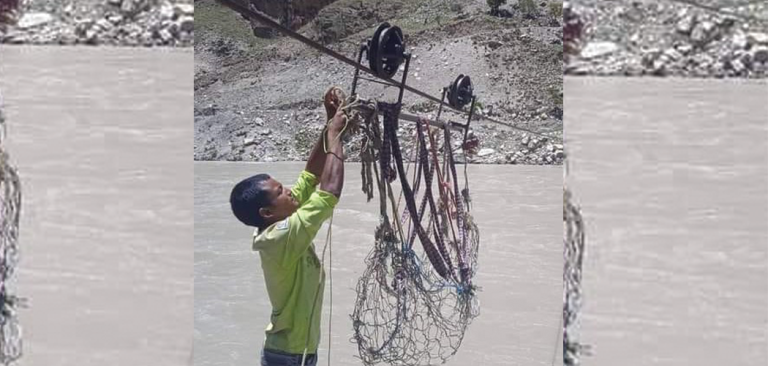
The country’s most ropeways locally known as tuin have been replaced by suspension bridges. Ropeways meant for the people’s movement have been completely removed.
But, those ropeways built at the local level for other purposes, such as the transport of goods still exist, according to the Department of Local Infrastructures.
As said by Department’s Director General Ishwar Chandra Marhattha, local levels are expected to take action for discouraging the use of ropeways. People may be used for entertainment purposes as well- not all on a need basis. The Department promptly acts to build a bridge if it is informed that it is needed at any location, he added.
Of those ropeways recorded in 2072 BS, almost all have been replaced by suspension bridges. At that time 143 ropeways were found to have existed across the country and 141 have been removed. A ropeway at Pancheshwor in Baitadi could not be removed as the Indian side did not agree for the same and also because it lies along the Nepal-India border.
During the fiscal year 2015/16, four tuins over the Mahakali River were replaced by suspension bridges, but the Indian side placed another ropeway there. “Now we are trying to seek consent from India to remove the structure,” said Marhattha.
According to the Department, now, it faces no issues with the availability of materials for the construction of suspension bridges.
The Department’s focus is also on building bridges in other areas wherever it is required. The decision to build the structure follows the demands from the local and provincial levels.
There are 9,750 suspension bridges across the country.(RSS)






